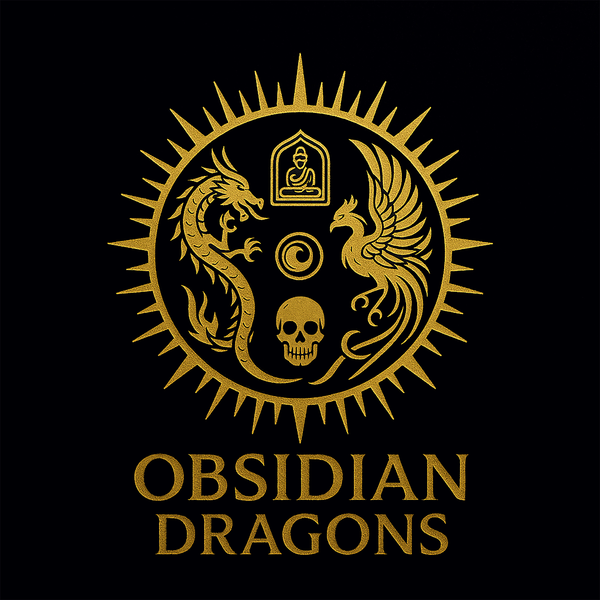obsidian dragons
Tibetan Lapis Lazuli Crystal Skull
Tibetan Lapis Lazuli Crystal Skull
Couldn't load pickup availability
Tibetan Lapis Lazuli Crystal Skull
Antique Tibetan Esoteric Vajrayana Buddhist Ceremony Skull.
This is not an industrial production created by laser and high-pressure water jet currently manufactured in China. This is an authentic artisanal creation by highly reputable and qualified craftsmen.
This Tibetan crystal skull is made of Lapis lazuli , more precisely from the Sar-Ee-Sang deposit in Afghanistan.
As a gemologist graduated from the National Institute of Gemmology (ING), Paris, France. All our materials are expertly assessed and certified by us.
This Tibetan crystal skull is topped with its bronze crown of fire surmounted by an Ushnisha also in rock crystal.
Ushnisha, also called "Uṣṇīṣa" in Sanskrit, is a Buddhist term for a small cranial protuberance on the top of the head of some representations of the Buddha, particularly in Tibetan and Indian Buddhist art. This protuberance is a symbol of wisdom, spiritual awakening, and higher understanding. It represents the attainment of fullness of knowledge and Buddhahood.
The Ushnisha is often depicted as a small crown or round protuberance that surmounts the Buddha's head in Buddhist iconography. It is one of the thirty-two major signs of the great person (mahapurusha lakshana) of the Buddha, which are special physical attributes associated with a fully enlightened Buddha.
precious stones such as quartz and agates or even lapis lazuli and turquoise
On either side of the fiery crown of this Tibetan crystal skull are depicted two dragons.
The dragon is considered a symbol of power, strength, and protection. In Vajrayana Buddhism, it represents the power of the vajra (diamond) deities and teachings, which are meant to protect practitioners and guide them on the path to enlightenment.
The dragon is associated with spiritual transformation. It represents the ability to transcend obstacles and to spiritually metamorphose from ignorance to wisdom, from attachment to liberation.
The dragon is also linked to natural elements, such as water and rain.
In Vajrayana Buddhism, water is a purifying element, and the dragon is seen as the guardian of sacred waters.
The dragon also symbolizes the awakened (Buddhist) energy that manifests within us when we practice Vajrayana Buddhism.
This energy is often associated with the power of transformation and the realization of the ultimate nature of reality.
The dragon is considered a guardian of Buddhist teachings. It watches over the preservation and propagation of sacred teachings.
Dimensions of this Tibetan Crystal Skull: 19cm high, 20cm deep, 8cm wide
Weight 3,800kg
Deep in the heart of Tibet, an enigmatic Tibetan crystal skull tradition has developed over centuries, fusing shamanic, Bonpo and Buddhist influences into a meaningful cultural expression.
This tradition, which is altogether unusual, is based on centuries of history and cultural transformation.
Initially, Tibetan shamanism was predominant in these regions.
Tibetan shamans, called “Ngakpas,” were the keepers of customs and rituals related to the land and spirit. Their extensive knowledge of crystals and gemstones helped create a special connection between the Tibetan crystal skull and the spirit world.
They mastered the art of divination, healing and communication with the spirit world.
There have been cultural and religious interactions between Tibet and China over the centuries. Taoism, an ancient Chinese tradition, has had an influence on some practices of Tibetan shamanism, particularly in areas where the two cultures have intersected, particularly in their understanding of nature, harmony with the universe, and the relationship between man and nature. Both traditions often emphasize nature spirituality and the search for unity with the cosmos.
Some Tibetan shamanic practices, such as communication with nature spirits, healing shamanism, and meditation, have similarities with some Taoist practices, such as Taoist meditation, healing rituals, and the pursuit of immortality.
Over time, the influence of the Bonpos, the guardians of Tibet's Bon religious tradition, was felt. Some Bonpo temples revered the Tibetan crystal skull as a symbol of wisdom and preservation of sacred teachings. These skulls became objects of veneration, embodying the connection between the world of the living and the spirits.
With the arrival of Tantric Buddhism in Tibet, new cultural dynamics were created. Tantric Buddhists integrated elements of shamanism and Bonpo practices into their spirituality, forming a unique synthesis. The Tibetan crystal skull, with its inlaid gemstones, became artifacts used in Tantric rituals aimed at transcending the material world and awakening consciousness.
The Tibetan crystal skull has become a precious object of worship in rather secret currents, symbolizing the convergence of shamanic, Bonpo and Buddhist traditions.
It is used in meditation, healing and divination ceremonies, serving as bridges between the seen and unseen worlds, allowing practitioners to access a deeper understanding of reality .
Tibetan crystal skull, Tibetan crystal skull, Tibetan crystal skull, Tibetan crystal skull, Tibetan crystal skull, Tibetan crystal skull, Tibetan crystal skull, Tibetan Crystal Skull
Share
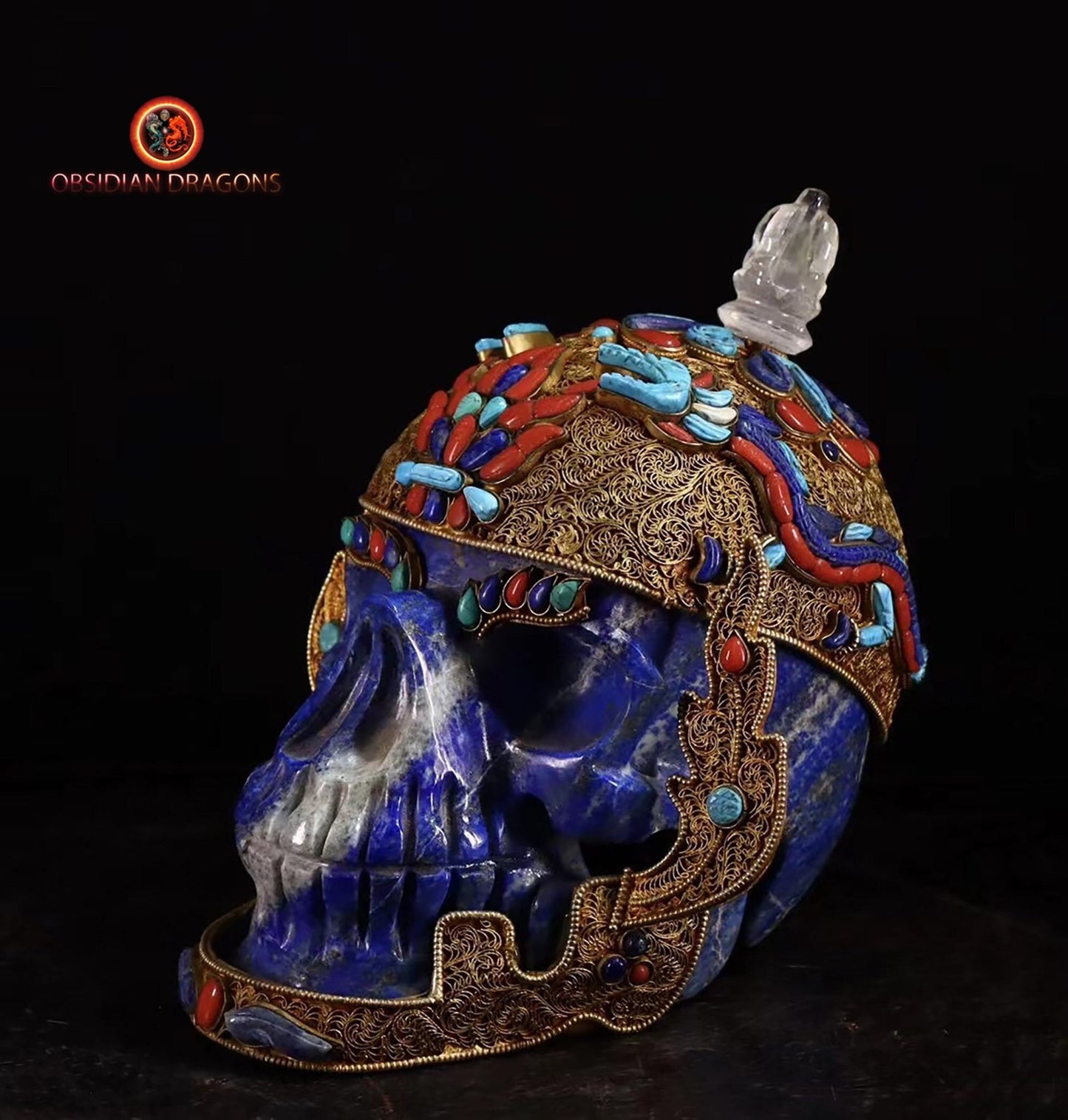
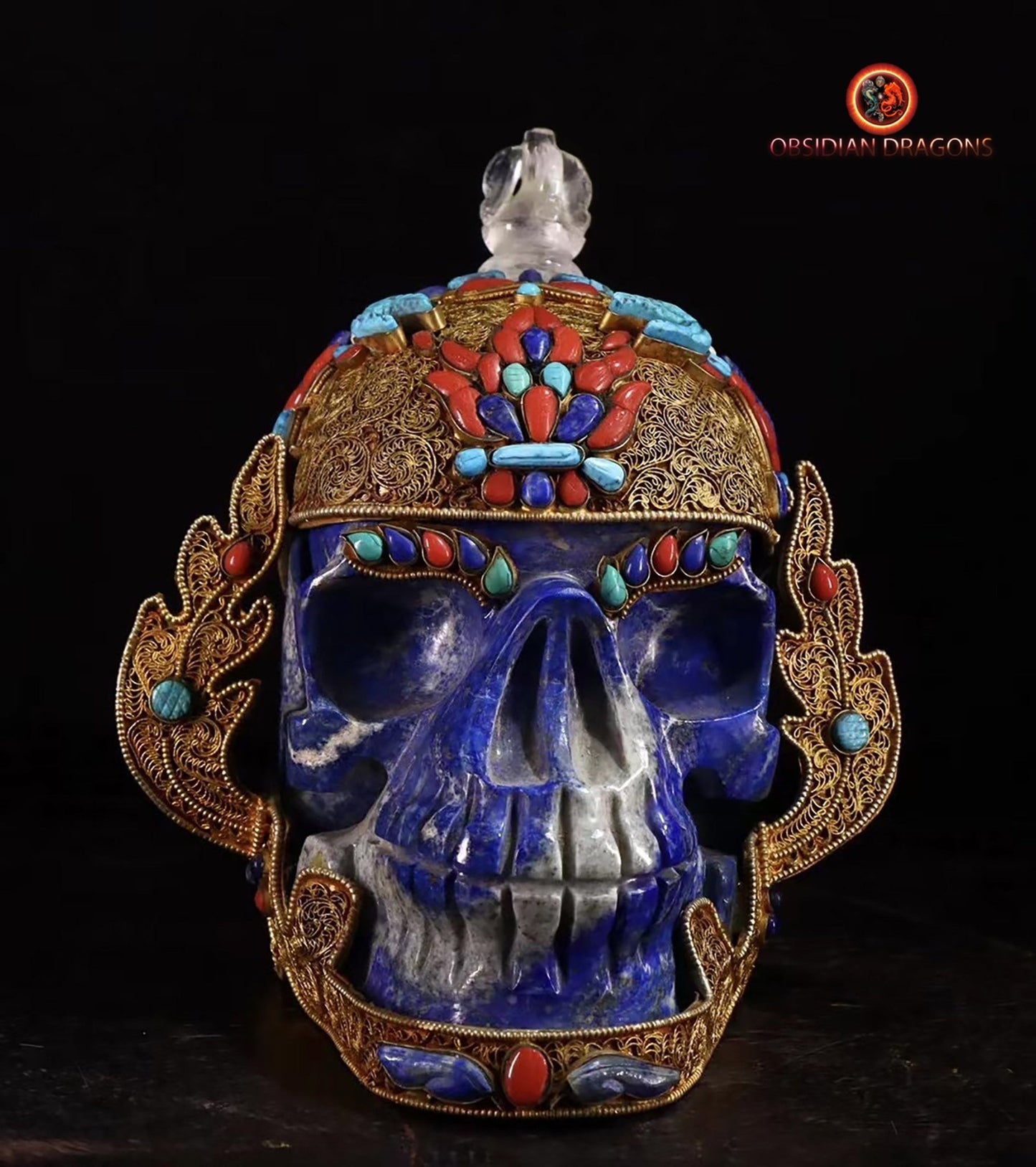
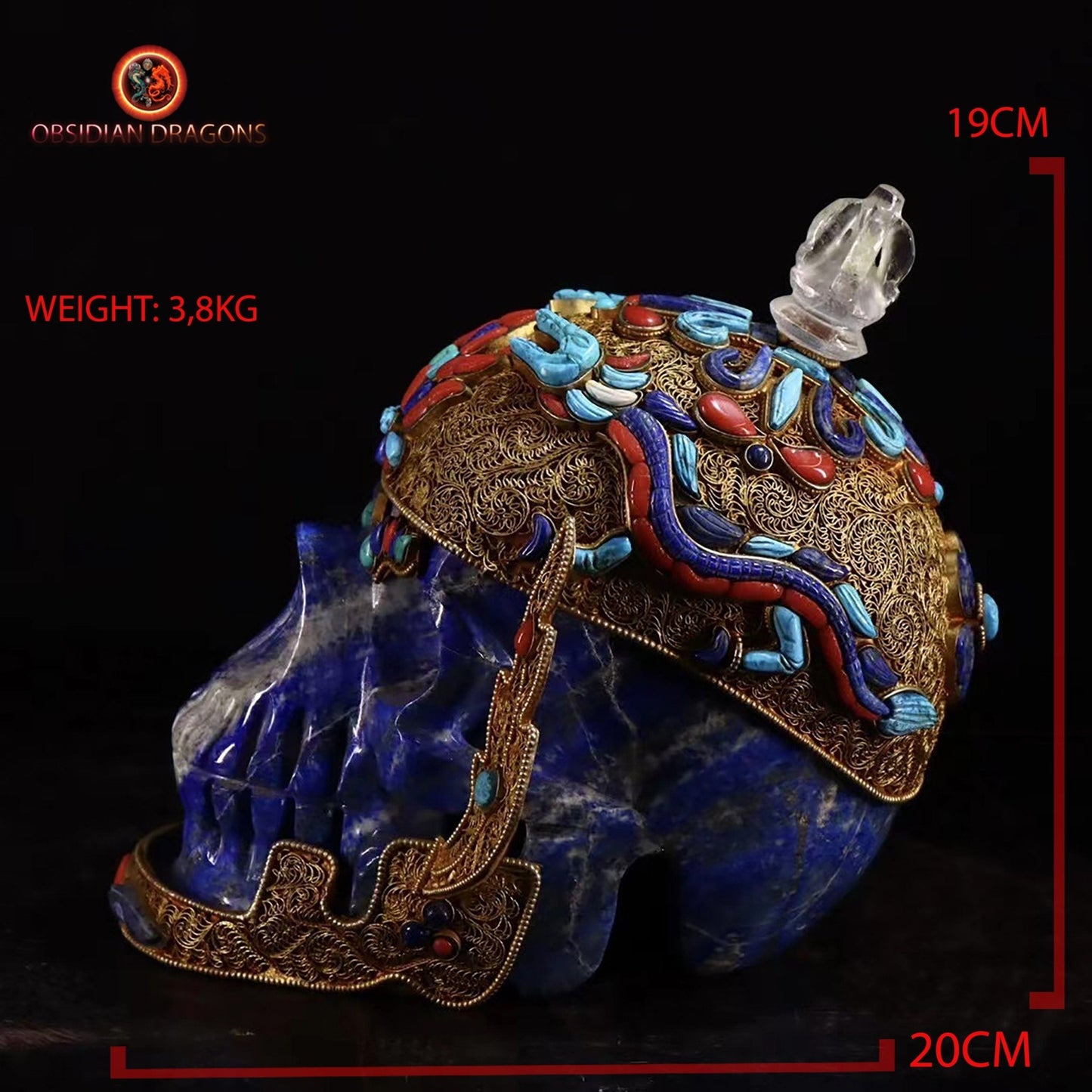
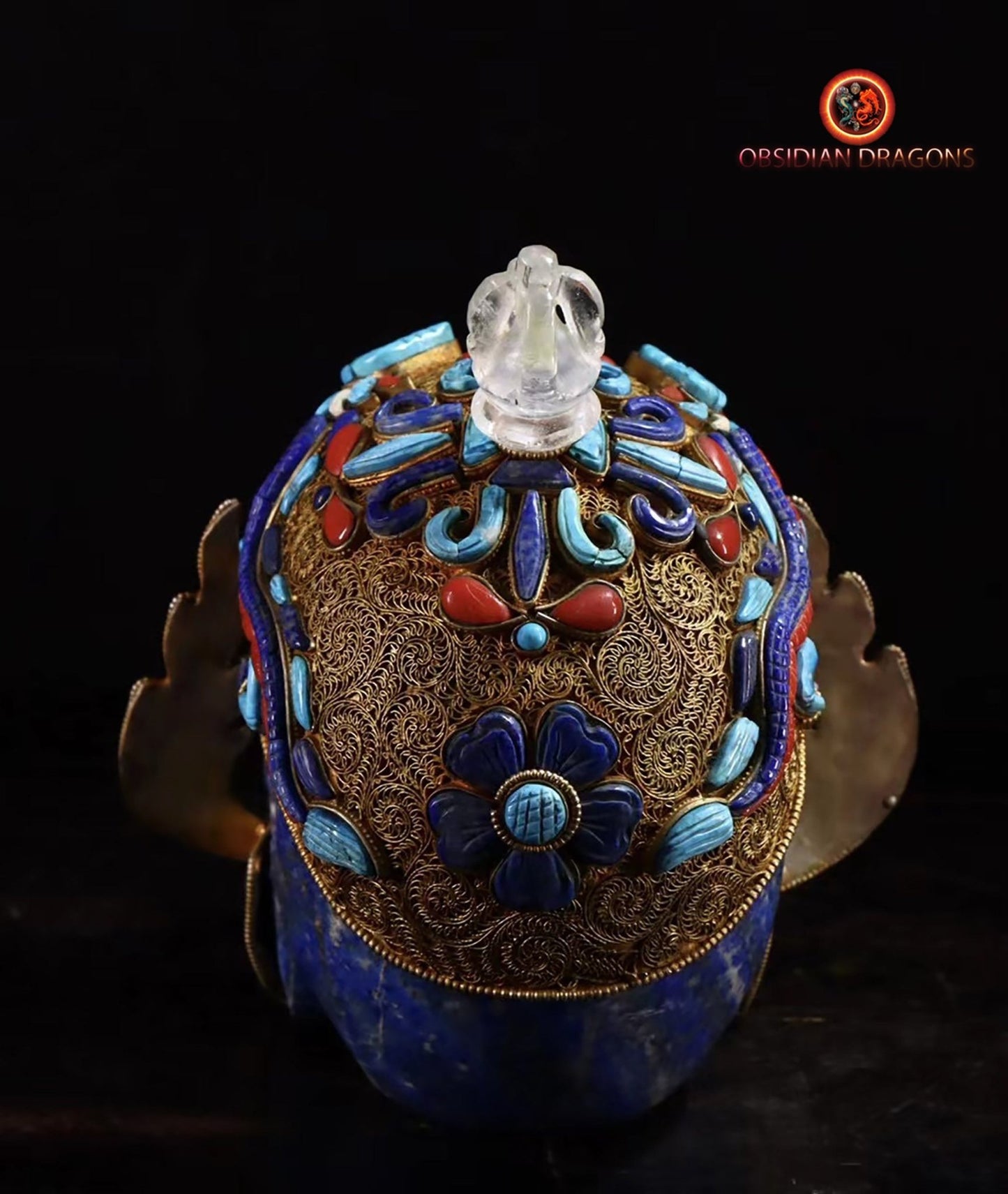
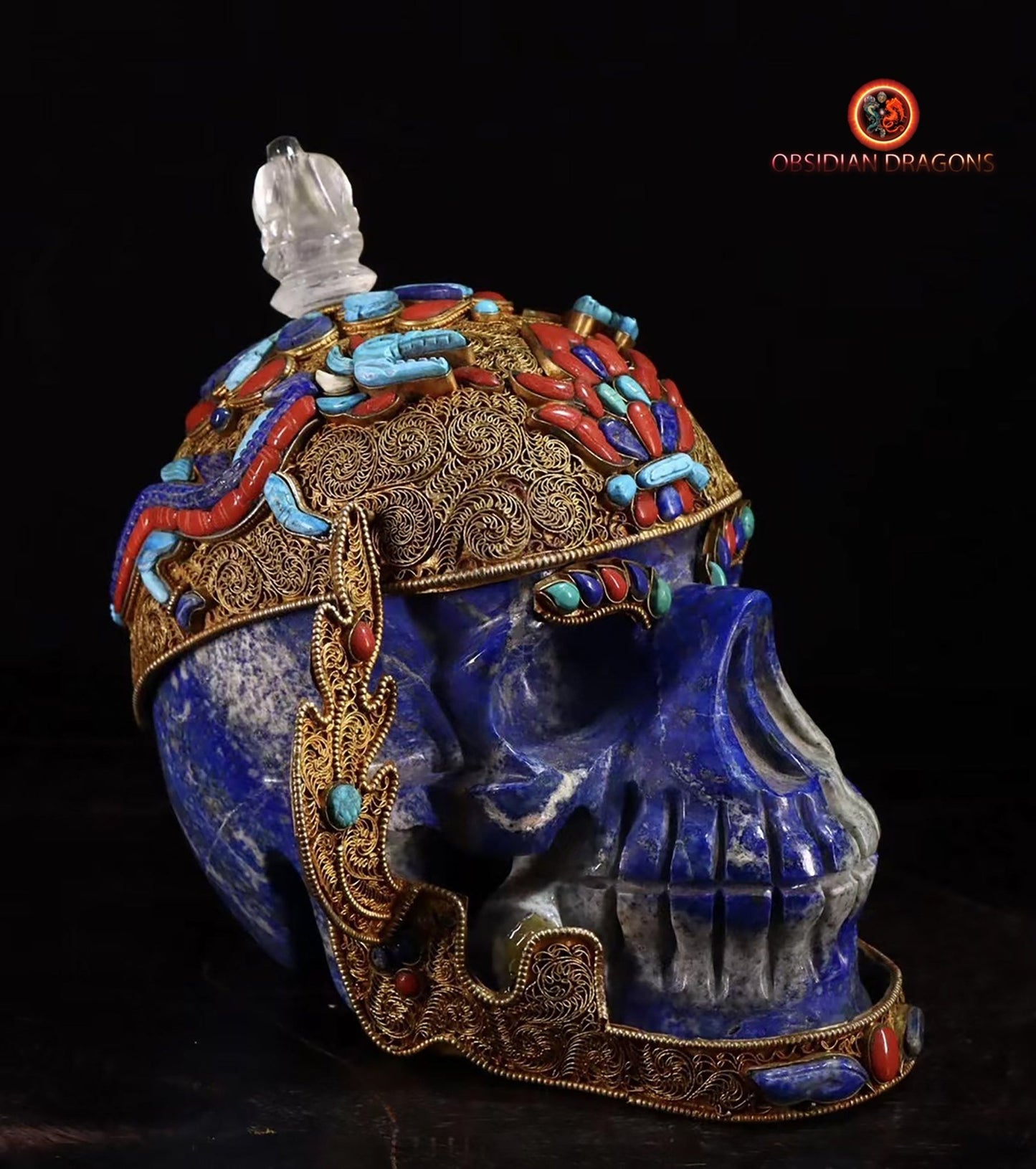
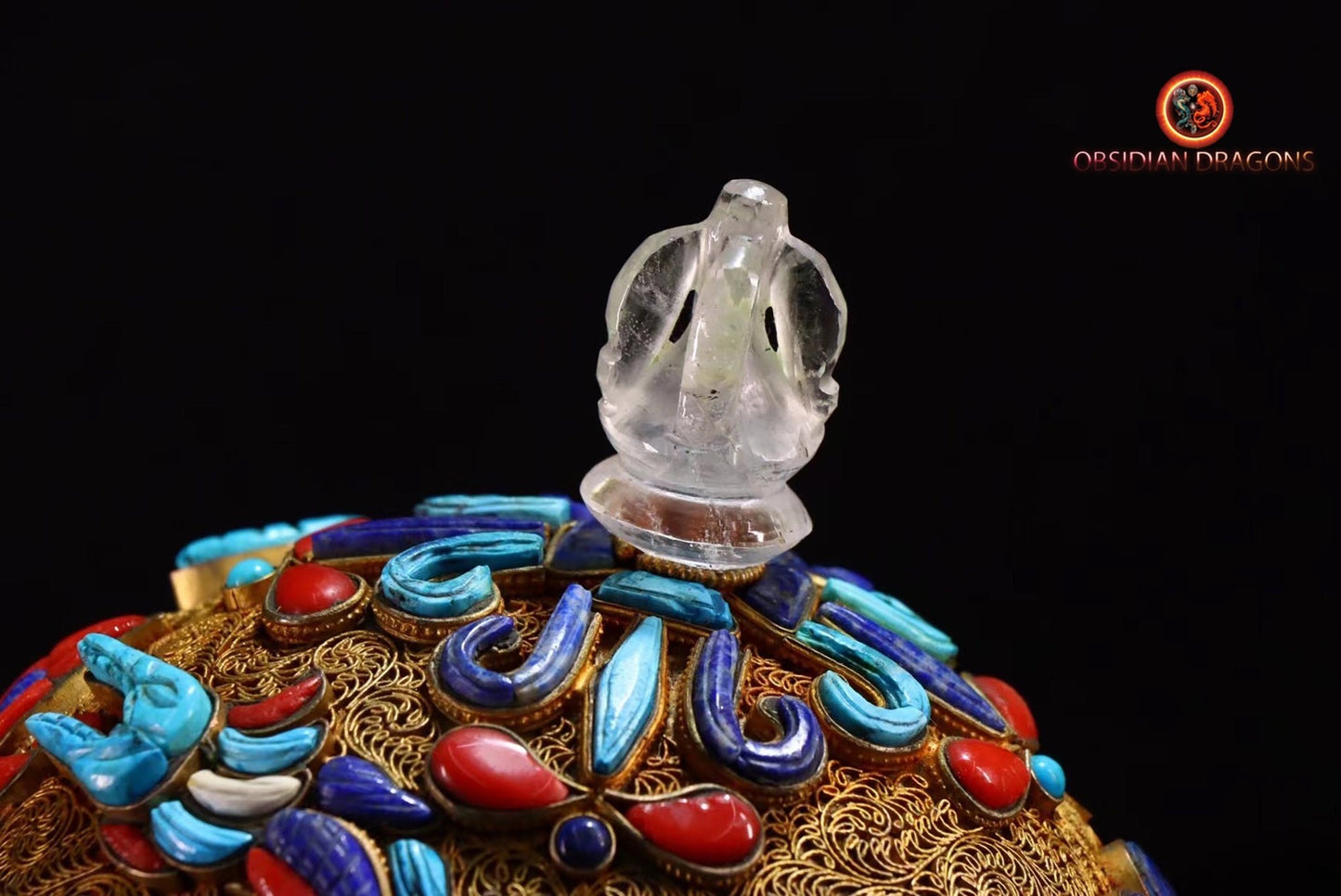
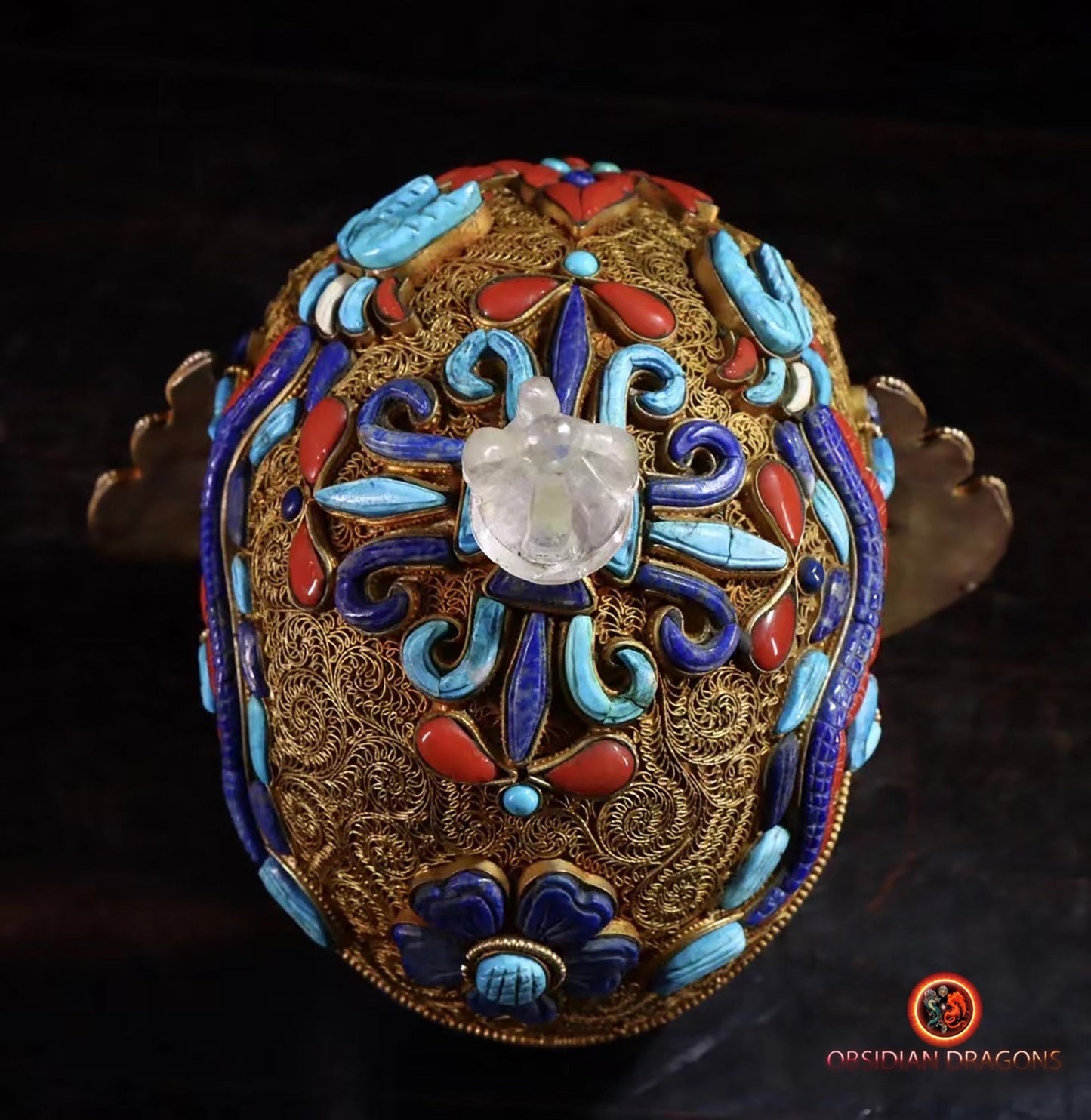
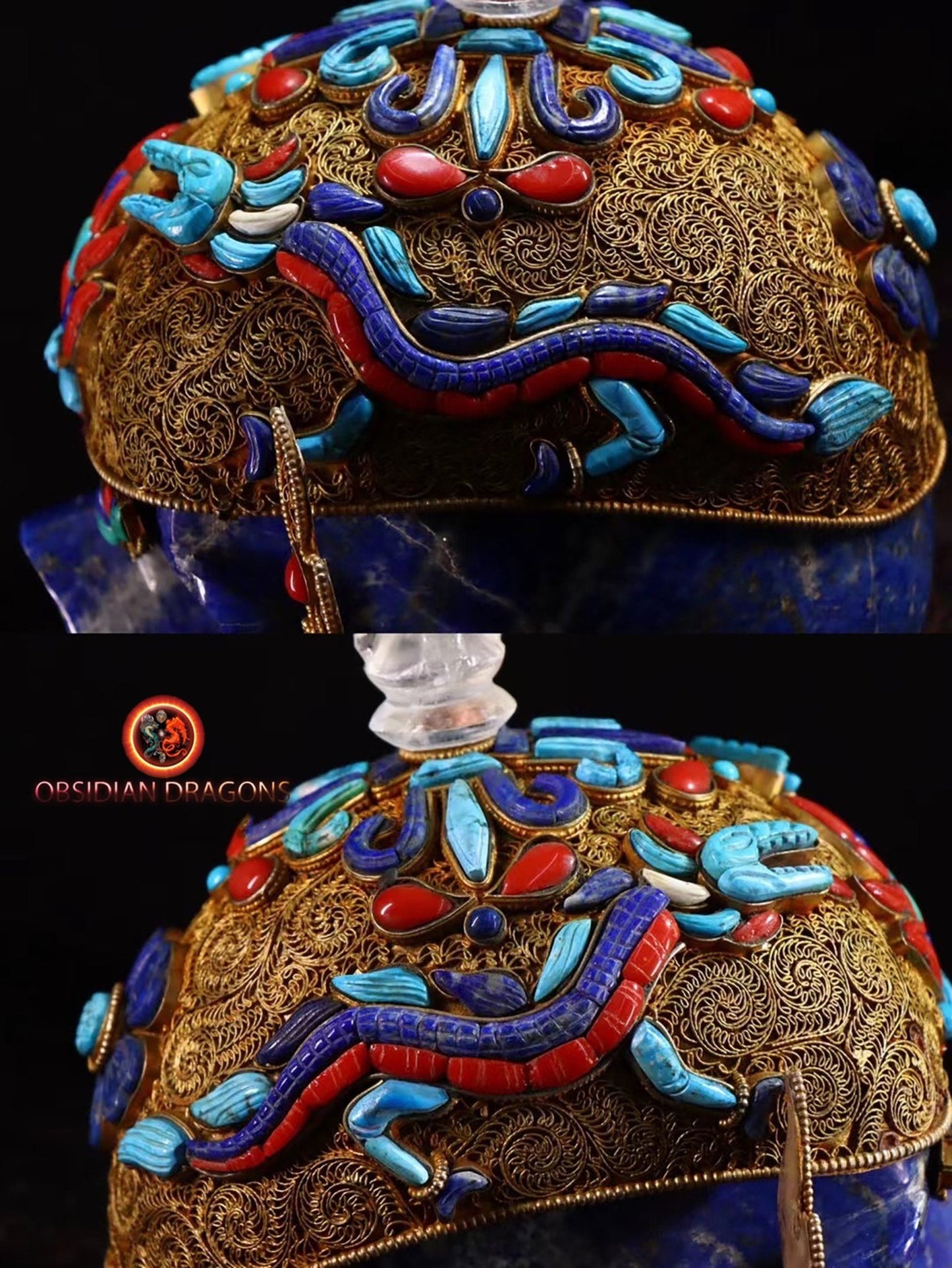
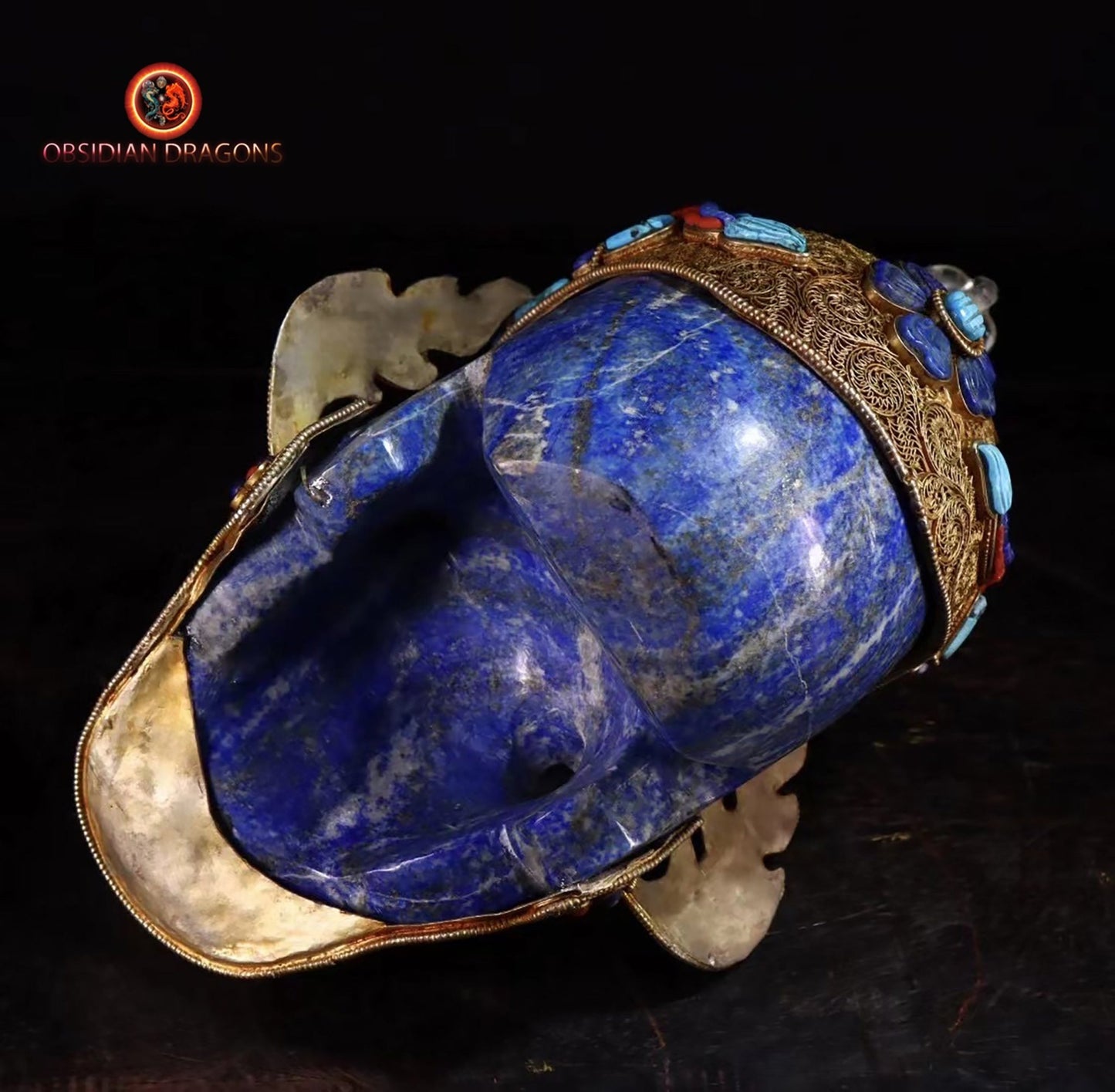

Return conditions for a Zen purchase
We offer you a money back guarantee within 14 days after delivery of your order.
If you are not completely satisfied with your purchase, please contact us to arrange a return of the product and a refund.
Except for returns, shipping is free on all orders.
Multi-column
Button text-
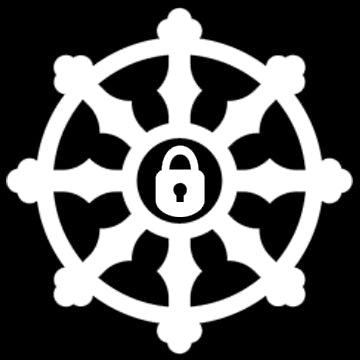
100% secure payment
3 times interest-free option with Scalapay
-

Free delivery in France and internationally
14 days money back guarantee after delivery (see our conditions of sale)
-

Column
Excellent customer service
Live chat
Whatsapp +33674049312
Let customers speak for us
from 917 reviews4eme pièce que j'achète et encore une fois, jamais déçue de l'unicité et de l'originalité. Coup de cœur pour ce bracelet en magnifiques molaires de mammouth, charge de vie et d'histoire. Attention pour un tout petit poignet de fille comme le mien cela peut être trop grand. N'hésitez pas à poser la question à Jeremy sur les tailles, il répond toujours et il est très réactif.

Déjà j’au été très impressionné par la qualité du site web pour tout chercheur de vérité mais également pour la disponibilité de Jérôme qui a su dépasser mes plus grandes attentes pour la commande sur mesure d’un mala en Obsidienne Œil Céleste – Dragon & Bagua Feng Shui. Gràce à ce puissant talisman je peux désormais continuer ma route sereinement. Un très grand merci sincèrement.

magnifique, puissant et apaisant, il m'aide à garder mon calme je le trouve absolument parfait!

J'ai eu l'occasion de rencontrer Jérémy sur Paris avant l'achat...très bon contact avec lui ..il sait de quoi il parle...je suis revenu vers lui pour l'achat de cette magnifique statue...elle a été emballee avec beaucoup de soin pour une expédition de chine... vraiment très satisfait de cet achat..merci

Pendentif dragon en obsidienne œil céleste - Symbole spirituel

Le collier est superbe, et ce pendentif magnifique, ses détails! et l'odeur du bois de santal que c'est agréable! Qualité extra! Contact excellent avec Jérémy, merci beaucoup pour votre gentillesse! Quelle qualité, vivement le mala !

L'objet est très joli et malgré que je ne sois pas un spécialiste, je trouve que le crystal est beau. Il n'est pas parfait et cela me rassure sur la qualité du produit qui est sensé être naturel donc imparfait.
Très bien emballé et en plus housse de rangement offerte.
MERCI

J’ai commandé un crâne de dragon, il est super beau et très puissant. Je l’adore 😍 Et l’envoi a été très rapide 🤗 merci 🙏🏻

bracelet puissant, je suis content de mon achat

Cet artisan est gémologue, il travaille avec des artisans qui sont des vrais artistes, je suis bluffé par la qualité des ouvrages sur l’argent et sa qualité. Quand à la qualité des pierres pas besoin d’être gémologue pour voir la qualité exceptionnelle des pierres, encore une fois le travail de sculpture est exceptionnel.
Mon mala traditionnel est une pure merveille dans la tradition originelle. Le ghau est une merveille qui me comble.
Bref que dire de plus :). Allez sur son site.
PS : vendeur qui connait son métier et les traditions bouddhistes ce qui est un plus en plus :)

Ce crâne est un Etre de Lumière. Attirant , inspirant , "parlant".
Il est un Ami qui tire mes pensées vers le Haut.
Ses énergies vibrent à des fréquences élevées. Il est puissant dans la douceur.
Un crâne de Dragon m'assite également. Merveilleux !

Très beaux bracelet et très puissants

Magnifique crâne givré de l'Himalaya.

cette chevalière est tres bien réalisé, avec beaucoup de détails, je suis heureux de l'avoir

